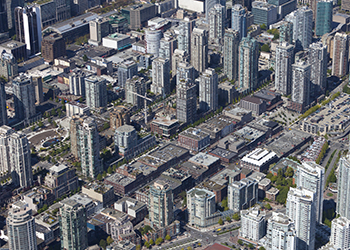 Data access has been approved for a project which will compare disparities in mortality across British Columbia to identify whether there is an level of residential density above which mortality rates increase.
Data access has been approved for a project which will compare disparities in mortality across British Columbia to identify whether there is an level of residential density above which mortality rates increase.
Jessica Yu is carrying out the research as part of her PhD studies under the supervision of Professor Michael Brauer, at the University of British Columbia’s School of Population and Public Health. Funded by the Cascadian Urban Analytics Cooperative, the project is part of a larger project, ‘Pathways to Equitable Healthy Cities’ (PEHC), operating with a global interdisciplinary team.
The objective of the PEHC study is to address health inequity to advance sustainable urban development supporting healthier lives for all.
“Based on recent studies conducted at the University of Washington showing that county-level estimates can mask substantial differences in health at the neighbourhood-level, there are calls for research at the small-area level to better understand geographical health inequalities,” says Ms Yu.
Identifying the optimal residential density for health has practical policy implications for urban and health planners. Ms Yu’s research will use epidemiology and geomatics to identify and compare disparities in mortality across British Columbia.
For the project PopData will link data sets from the BC Vital Statistics Agency, Statistics Canada, The Vancouver Area Neighbourhood Deprivation Index (VANDIX) and The Canadian Material and Social Deprivation Index (MSDI).